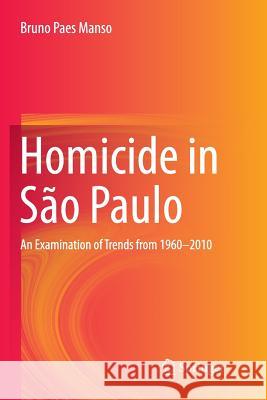Homicide in São Paulo: An Examination of Trends from 1960-2010 » książka
topmenu
Homicide in São Paulo: An Examination of Trends from 1960-2010
ISBN-13: 9783319791852 / Angielski / Miękka / 2018 / 189 str.
Homicide in São Paulo: An Examination of Trends from 1960-2010
ISBN-13: 9783319791852 / Angielski / Miękka / 2018 / 189 str.
cena 191,40 zł
(netto: 182,29 VAT: 5%)
Najniższa cena z 30 dni: 191,40 zł
(netto: 182,29 VAT: 5%)
Najniższa cena z 30 dni: 191,40 zł
Termin realizacji zamówienia:
ok. 16-18 dni roboczych.
ok. 16-18 dni roboczych.
Darmowa dostawa!
Kategorie:
Kategorie BISAC:
Wydawca:
Springer
Język:
Angielski
ISBN-13:
9783319791852
Rok wydania:
2018
Wydanie:
Softcover Repri
Ilość stron:
189
Waga:
0.30 kg
Wymiary:
23.39 x 15.6 x 1.12
Oprawa:
Miękka
Wolumenów:
01
Dodatkowe informacje:
Wydanie ilustrowane











